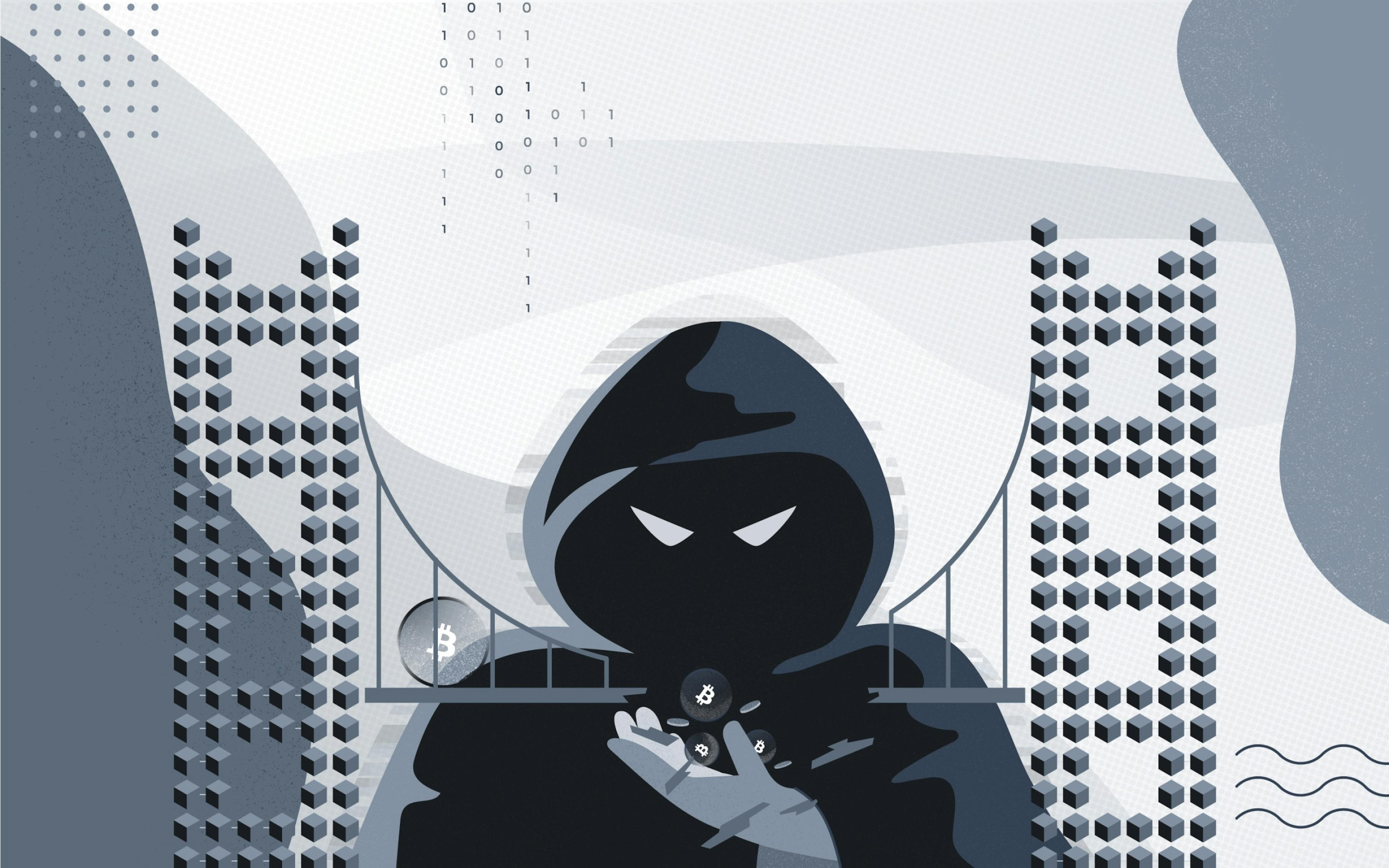
Monday 20th October 2025

by inAfrika Newsroom
A fresh bridge exploit renewed focus on cross-chain risks as hackers targeted deployment keys and liquidity routes, incident trackers and security firms said. September’s attacks on smaller protocols showed how compromised bridge components can mint unauthorized tokens and drain treasuries before teams react. Moreover, laundering trails increasingly hop across multiple networks to frustrate recovery.
In 2025, criminals have already stolen more than $2 billion in crypto assets, led by a record exchange breach in February. Researchers said cross-chain bridges and vault systems remain the most exploited components this year, reflecting the complexity and centralization points in many designs. Consequently, insurers and exchanges are revisiting hot-wallet and key-management policies.
Operational responses followed fast. Several venues tightened withdrawal scrutiny on affected networks and raised anomaly-detection thresholds. In past incidents, networks and exchanges have even paused deposits to contain damage, as seen during the 2022 BNB Chain bridge hack—an approach risk teams now keep on standby. However, pauses can trap liquidity and spur further volatility if over-used.
Investigators noted renewed movement by actors tied to earlier exploits, including funds shifted through bridges weeks after initial thefts. That pattern complicates sanctions screening and real-time traceability. Therefore, compliance teams are expanding on-chain analytics, travel-rule integrations and counter-party checks at the bridge level to curb recirculation of tainted assets.
Why it matters: A bridge exploit can propagate quickly across chains, forcing exchanges to adjust margin, raise haircuts and limit exposures. Beyond direct losses, confidence shocks lift liquidity premiums and widen slippage for corporates and funds using tokenized rails. Robust key governance, multi-sig policies and kill-switch design are now baseline expectations for institutional users.
Security firms recommend rotating and compartmentalizing keys, auditing upgrade paths, and sunsetting legacy contracts that retain admin privileges. In addition, they urge independent oracle feeds and circuit breakers to halt abnormal minting or bridging. Ultimately, the goal is to keep contagion local, prevent stealth inflation of wrapped assets and restore settlement assurances after events.


